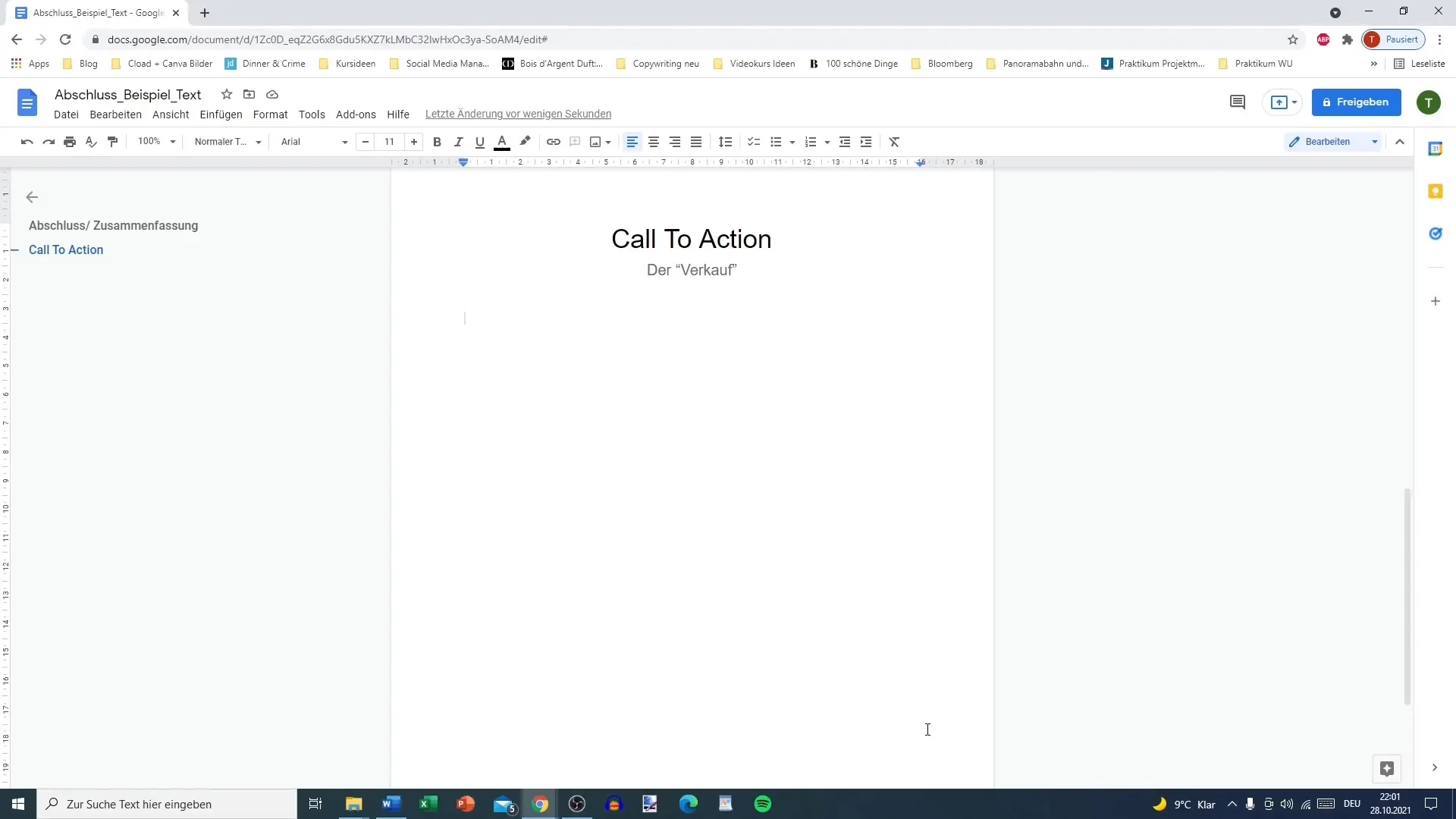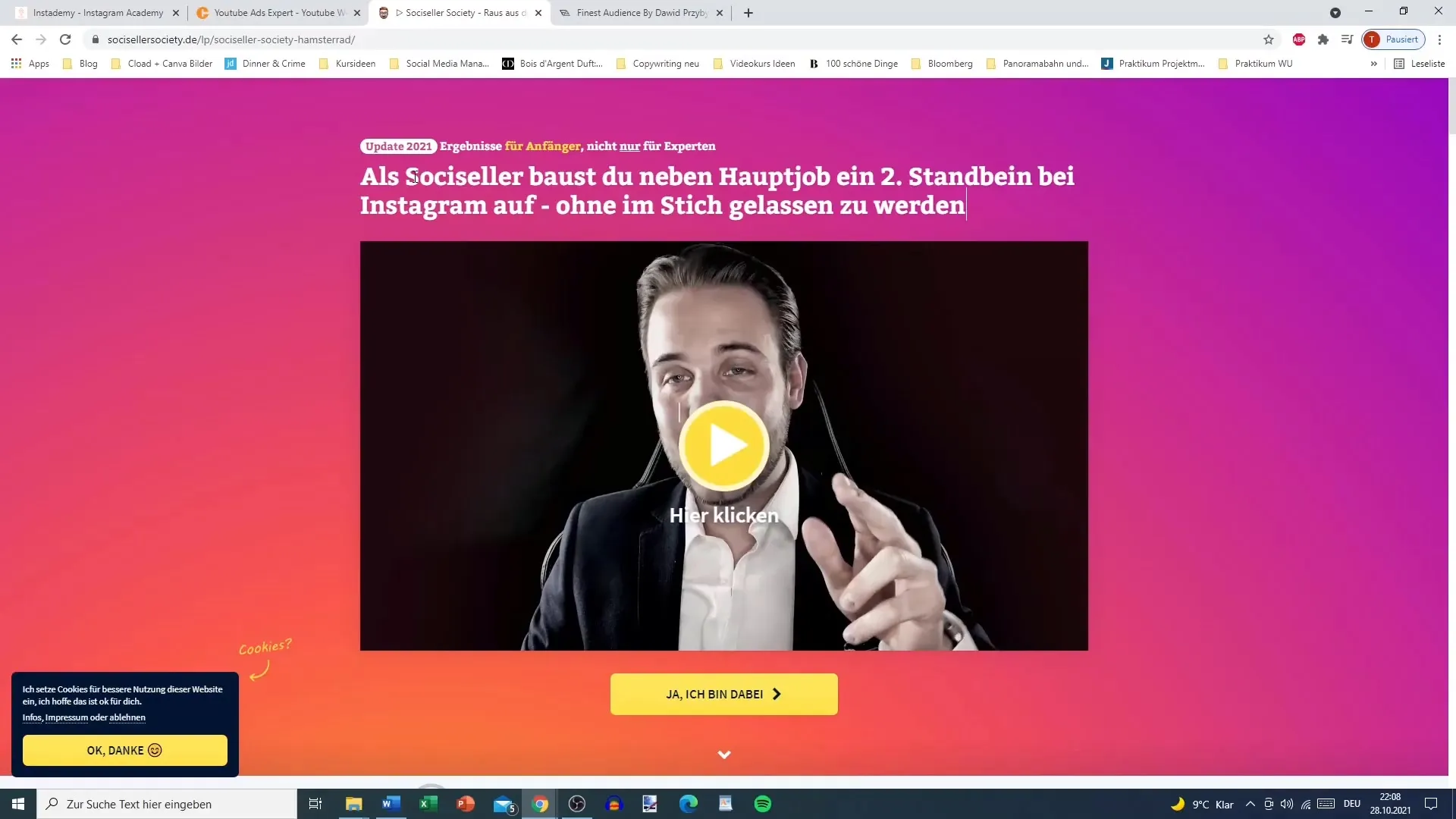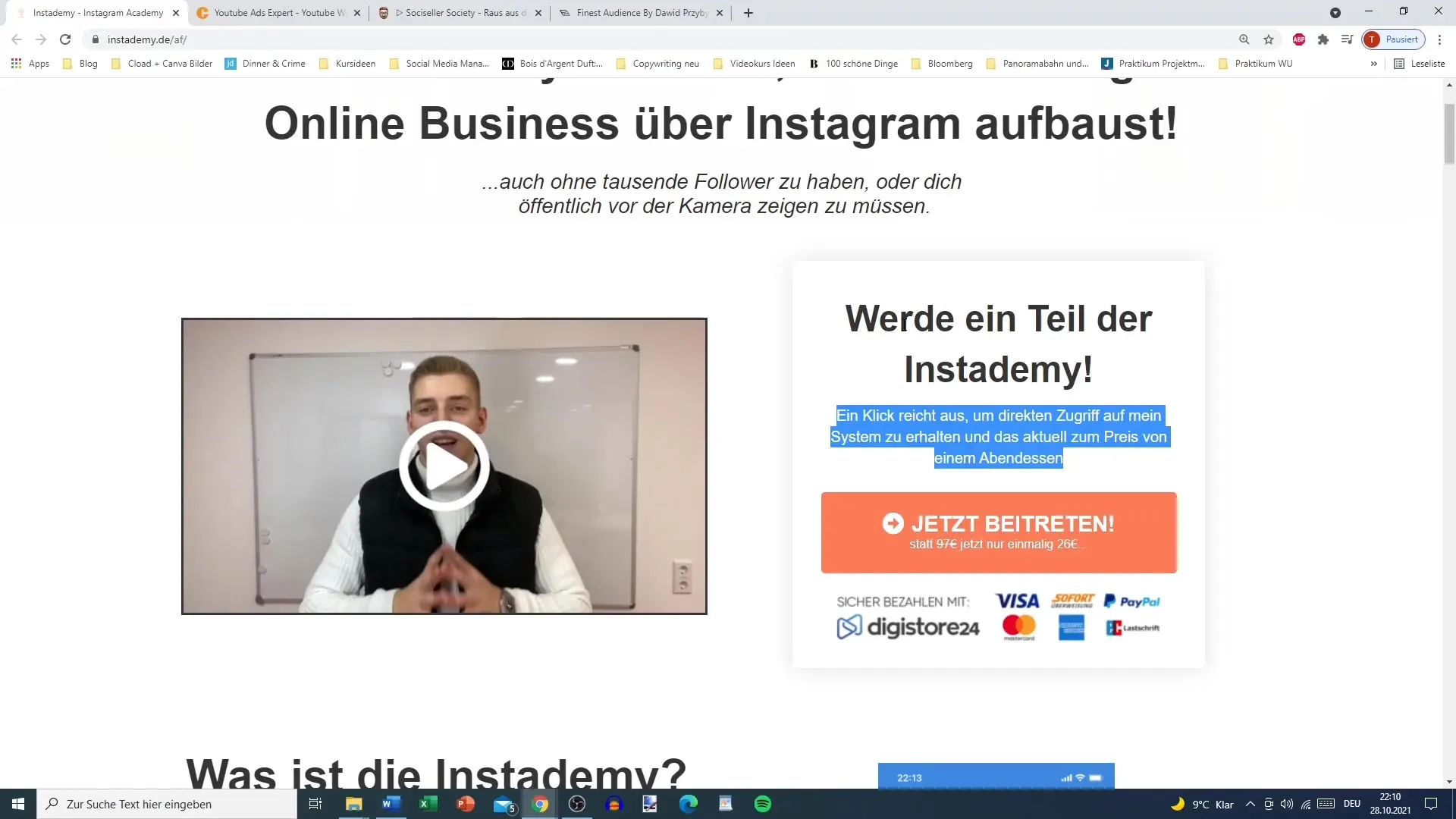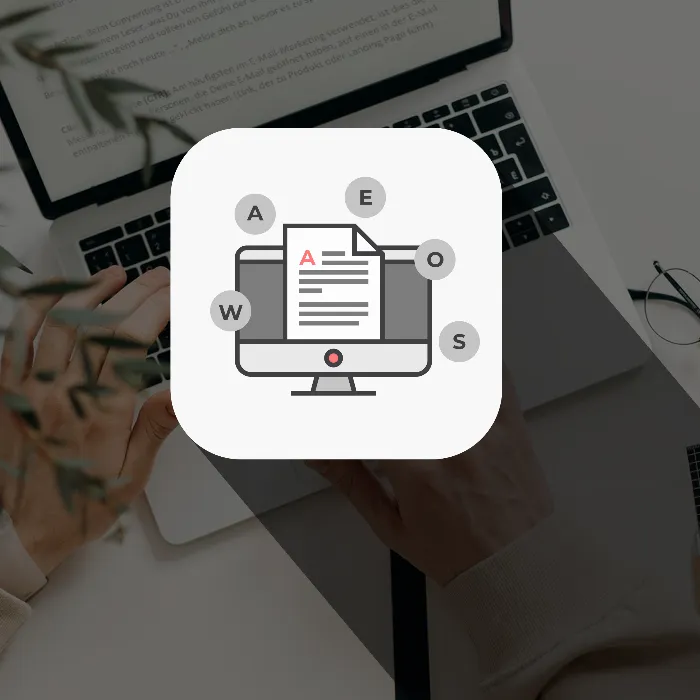Whether you are creating a blog post, a landing page, or a product offer - the call-to-action (CTA) is a crucial element that often makes the difference between a missed opportunity and a successful customer interaction. Here, we delve deep into possible strategies to design an effective CTA that attracts your readers and motivates them to take action.
Key Insights
- The CTA should be clearly formulated and optimally integrated into the overall concept.
- An effective CTA connects the benefit for the customer with the call to action.
- Animated buttons or eye-catching designs can increase the click-through rate.
- It is important to ensure the visibility of the CTA and to use trust-building measures.
Step-by-Step Guide
Step 1: Choose the location for your Call-to-Action
The first step in designing a successful CTA is to determine its location on the page. Consider whether it should be placed in isolation or as part of concluding your content. A CTA can be positioned directly after a blog post to encourage the reader to consume more content. Alternatively, a CTA can be placed in the summary to provide a clear call to action.

Step 2: Establish the connection between CTA and content
In your CTA, use wordings that appeal to the reader and grab their attention. For example, a CTA sentence could be: "If you want to achieve your goals, enter your email address to receive more information." It is important that the CTA clearly signals what the reader can expect after clicking to lower the threshold.
Step 3: Clearly communicate benefits
You should be clear about what your reader can gain through the CTA. Ensure that the benefits are addressed directly. An expressive example could be: "Enter your phone number to schedule a free consultation appointment." This clear connection between action and benefit will certainly help the reader to act.
Step 4: Design the CTA visually appealing
The design of the CTA button is crucial. The button should stand out in color and be easily recognizable. A well-designed button, clearly labeled with "Sign Up Now" or "Try for Free," is both inviting and informative. Avoid unnecessary distractions around the CTA to ensure that the reader's attention remains focused on it.
Step 5: Insert emoticons and supporting elements
Using emojis or visual interest in the form of arrows can draw attention to your CTA. These additional elements can highlight the button and increase the likelihood of it being clicked. For example, a small arrow next to the button could prompt the reader to click directly on the CTA.

Step 6: Address the readers' trust
To get more clicks on your CTA, it is advantageous to build trust. This can be achieved through testimonials, success stories, or guaranteed results. When a reader sees that others have already benefited from your offer, they are more willing to take the next step.

Step 7: Study practical examples
To get a feel for effective CTAs, look at various landing pages and marketing elements that have proven to be successful. Pay attention to how they place their CTAs, what text they use, and how they integrate visual elements. Learn from the examples to optimize your own CTA.

Step 8: Promote CTA on multiple channels
Crystalize your Call-to-Action on different platforms. Social media, email newsletters, or even external blog posts can be used to further promote the CTA on your main page. This involves not only repeating the same text but also addressing the reader in different ways.
Summary
A well-thought-out call-to-action can be more than just a button on your website – it is the link between your content and the reader's action. By integrating it correctly, designing it attractively, and highlighting clear benefits, you significantly increase the likelihood of interactions and thus the success of your online presence. Make sure to experiment, learn from your experiences, and continuously optimize your CTAs.
Frequently Asked Questions
What is a call-to-action?A call-to-action is an appeal to the reader to perform a specific action, such as clicking a button.
How do I design an effective call-to-action?An effective call-to-action should be clear, attractive, and benefit-oriented.
Does the call-to-action always have to be in a button?No, a call-to-action can also be integrated in the form of links or texts, but it should be visually striking.
Are emojis helpful for my call-to-action?Yes, emojis can help highlight the call-to-action and increase reader attention.
How often should I use a call-to-action?Strategically use call-to-actions at different points in your content to motivate readers.


